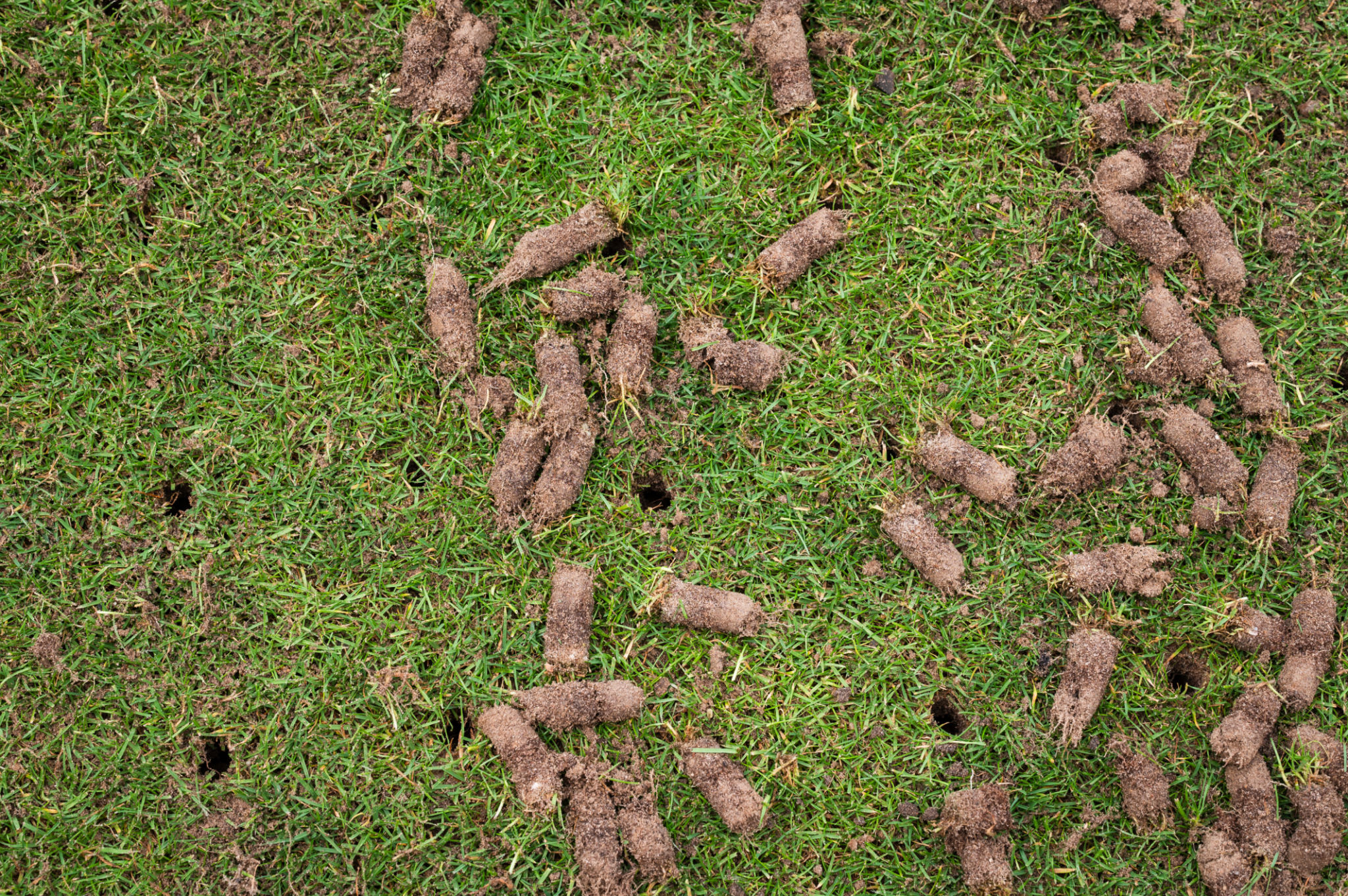Debunking Common Lawn Care Myths: What Really Works in Hamilton
Understanding the Importance of Soil Quality
One of the most common myths in lawn care is that grass will thrive anywhere as long as it is watered regularly. However, the foundation of a healthy lawn lies in the quality of the soil. In Hamilton, where the soil can vary greatly, it's crucial to test and amend your soil to ensure it provides the necessary nutrients for your grass.
Many homeowners overlook the importance of soil pH levels and nutrient balance. A simple soil test can reveal if your lawn requires additional organic matter or if it needs lime to balance acidity. Addressing these factors can make a significant difference in the health and appearance of your lawn.

The Truth About Watering Practices
A prevalent misconception is that frequent, shallow watering is the best way to keep your lawn lush and green. In reality, infrequent but deep watering encourages roots to grow deeper into the soil, making the grass more drought-resistant and robust.
In Hamilton's climate, it's recommended to water your lawn once or twice a week, providing about an inch of water each time. This approach not only conserves water but also fosters stronger grass that can withstand periods of dry weather.
Fertilization: Timing and Technique
Many people think that fertilizing more often will guarantee a healthy lawn. However, over-fertilization can lead to rapid growth that your lawn can't sustain, resulting in weak grass that is prone to disease and pests.
For Hamilton lawns, it's best to fertilize two to four times a year, focusing on early spring and fall when grass growth is most vigorous. This timing helps promote root development and prepares your lawn for the changing seasons.

Tackling Weeds the Right Way
It's a common belief that applying herbicides frequently is the only way to combat weeds effectively. However, a thick, healthy lawn is actually your best defense against weeds. Healthy grass competes for sunlight, water, and nutrients, leaving little room for weeds to thrive.
Regular mowing at the right height, combined with proper fertilization and watering techniques, can significantly reduce the presence of weeds. If herbicides are necessary, spot-treating specific areas rather than blanket applications can be more effective and environmentally friendly.
The Role of Aeration in Lawn Health
Aeration is often overlooked or misunderstood by homeowners who believe it's an unnecessary step in lawn care. However, aerating your lawn in Hamilton’s compacted clay soils can significantly benefit root growth by improving air exchange and water absorption.
Performing aeration in the fall or early spring allows nutrients to penetrate deeper into the soil, enhancing the overall health of your lawn. This practice should be considered an integral part of your annual lawn care routine.

Conclusion: Embracing Science Over Myth
In summary, understanding and implementing scientifically-backed lawn care practices is key to achieving a thriving lawn in Hamilton. By debunking common myths and focusing on soil quality, proper watering, fertilization timing, weed management, and aeration, you can transform your yard into a lush oasis.
Remember, a well-maintained lawn not only enhances your home's curb appeal but also provides a space for relaxation and outdoor enjoyment. Embrace these effective strategies to ensure your lawn remains healthy and vibrant all season long.
